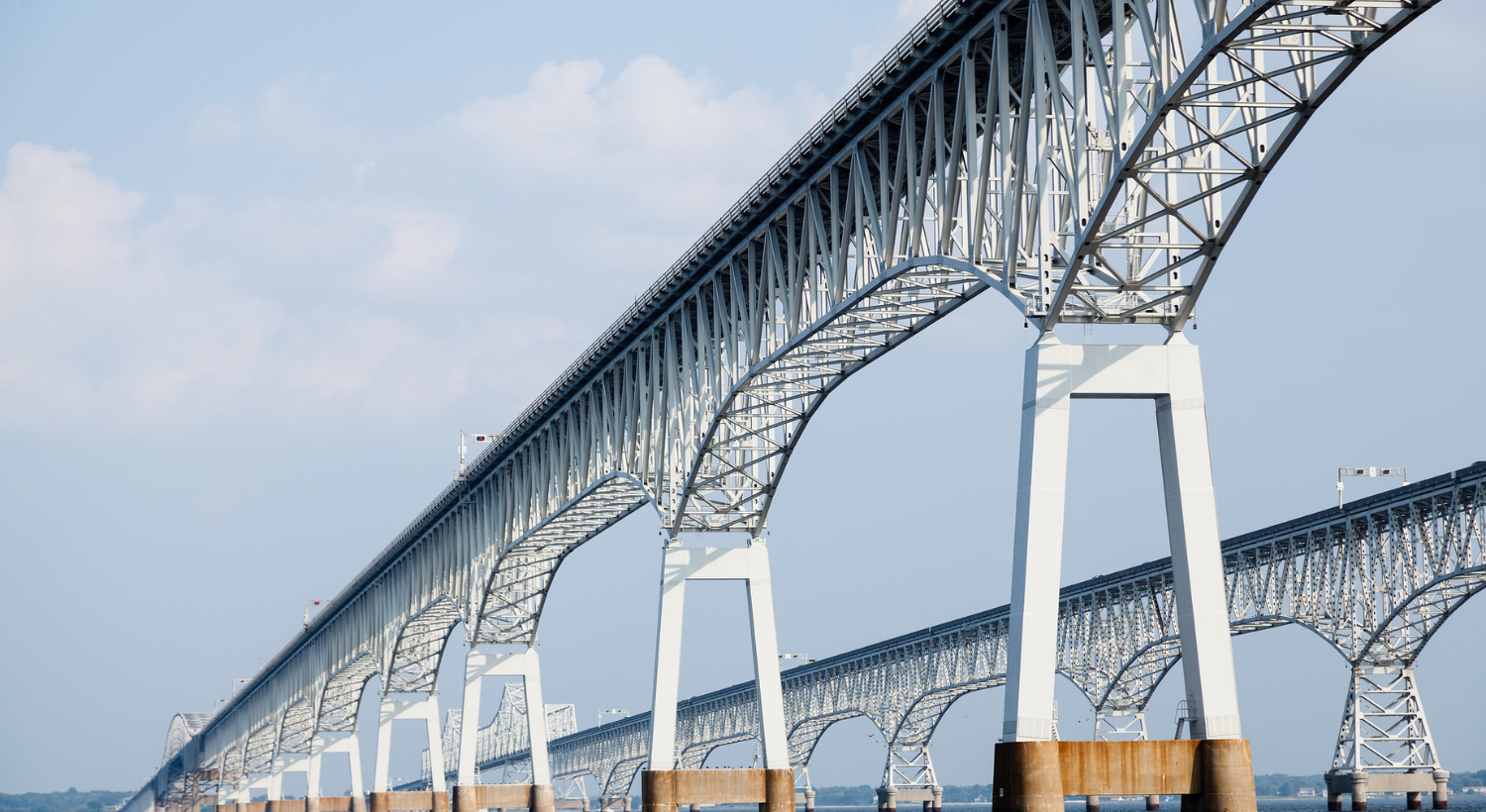Tuesday, a major bridge collapsed in Baltimore after a container ship collided with it. Images of the crumbling infrastructure brought fear to millions of Gephyrophobiacs watching the scene unfold. Fears of their worst nightmare coming true.
According to Tranceform Psychology, Gephyrophobia is the fear of crossing bridges. Most who struggle with it realize how “irrational” their fear is, but can’t help the anxiety that comes with crossing bridges. Experts suggest it’s not just about height but a compound of fears surrounding the bridge’s collapse and drowning. There’s really a lot going on in the mind (and respiratory system) of a Gephyrophobiac entering a bridge.
Maryland driver, Cathy McMahon detailed a panic attack she had before crossing Maryland’s Chesapeake Bay Bridge. It frightens many drivers who face it and has made several lists of America’s Scariest Bridges. “[My]face went numb, my limbs went numb, and I thought I was going to have a heart attack . . . in the middle of the bridge, at the top,” she shared. “I didn’t look over; it just happened.” (Shane, 2021, Car & Driver)
Many gephyrophobiacs have to have someone drive them over the bridge. Quite a few “scary” bridges across the country offer such services.
Avoidance Makes it Worse, Experts Say
Experts suggest exposure therapy to help with the phobia. Avoiding bridges all together “prevents you from making a realistic evaluation of your fears.” (Tranceform Psychology) “Whilst it can seem a little daunting to start with, careful planning and controlled exposure which allows you to remove yourself from the trigger situation if your anxiety becomes too un-managable, can pay enormous benefits in overcoming your fears.
Be safe and patient with yourself in your efforts to overcome the phobia.
Are America’s bridges safe?
This question is far more complicated than it should be.
According to 2022 data from the American Road & Transportation Builders Association, over 43,000 U.S. bridges are “structurally deficient” meaning they require significant repair. These bridges often have weight limits posted and are considered safe. About 167 million trips are taken across these ‘deficient’ structures each day.
″The state of bridges in the U.S. is not good, and we’re losing the battle,” said William Ibbs, a civil engineering professor at the University of California Berkeley.
“I think what we found is that we deferred maintenance for a long time, and then all of a sudden, we’re at the point where we have this big backlog of maintenance that we have in, and we don’t really have the funding to catch up at this point,” said Kevin Heaslip, a civil and environmental engineering professor at Virginia Tech.
Safe enough to drive according to limitations. The country can’t afford to not commit to repairing the nation’s structures. For the record, Tuesday’s accident in Baltimore was more of a mechanical malfunction of the ship (Dali) than an issue with the bridge’s infrastructure. The way the bridge fell certainly caused concern, though.
Can’t help but wonder what kind of engineering innovation can be put in place to prevent accidents like this from happening again.

